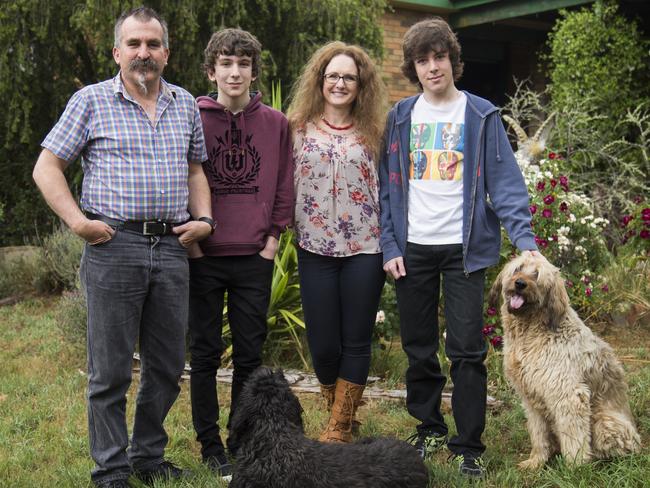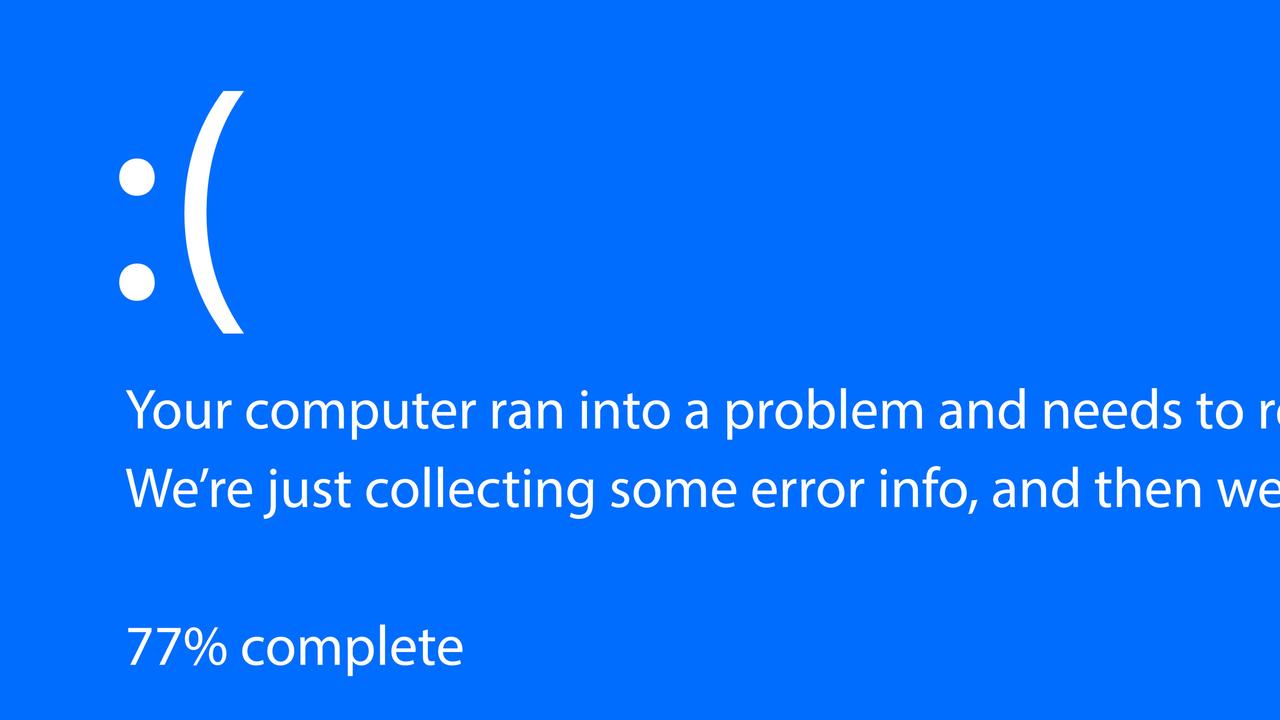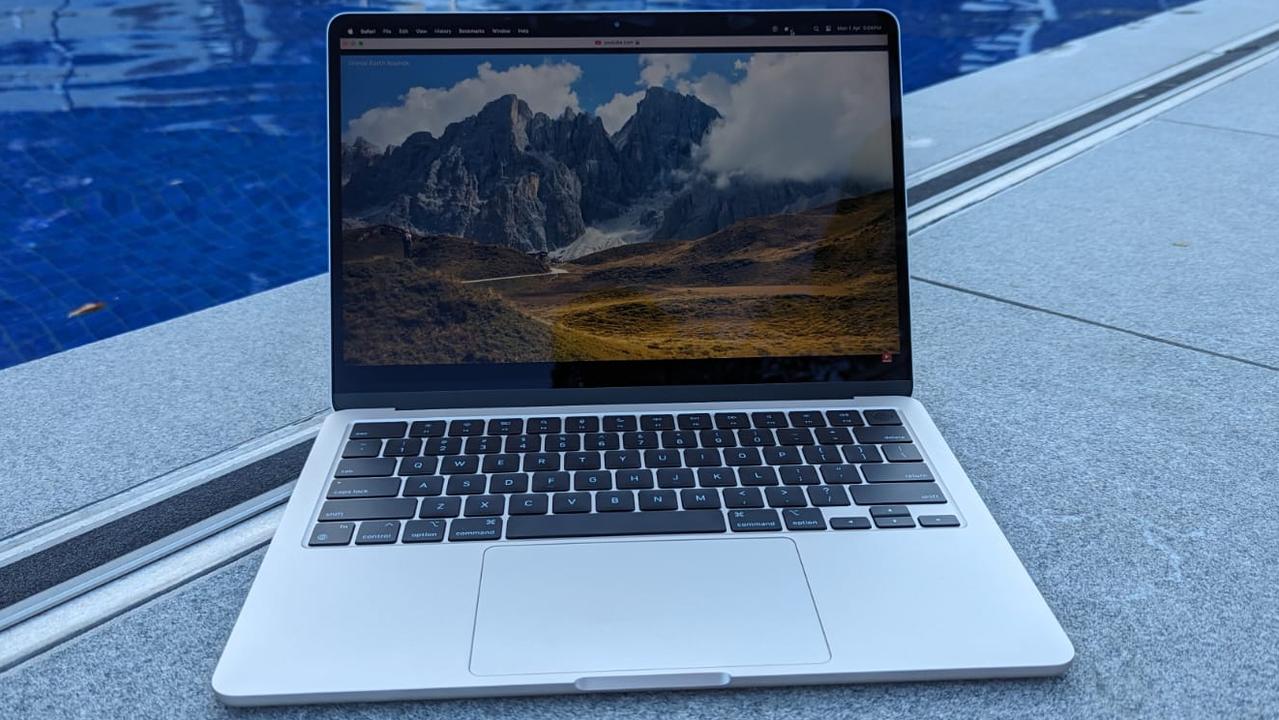Australian downloading sees 50 per cent increase in 2015
WHATEVER you want to label it, it’s increasingly clear that internet data is the life blood of the modern world.

THEY’RE calling it the Netflix effect but whatever you want to label it, it’s increasingly clear that internet data is the life blood of the modern world.
The Australian Bureau of Statistics released the figures of its latest Internet Activity Survey (IAS) Wednesday, which reveals the volume of data downloaded by Australians during the final three months of 2015.
According to the ABS, the survey provides “key statistics on the supply of internet services and the participation of Australians in internet activities”.
It’s just over one year since Netflix launched in Australia and the increasing popularity of the streaming service had many predicting a continued jump in the country’s internet use — and they weren’t disappointed.
The latest figures reveal that Australians downloaded a whopping 1.71 million Terabytes in the last three months of 2015 which represents a 23.5 per cent increase in data downloads compared to the three months from the April to June of the same year.
A huge bulk of that data (98 per cent) was downloaded via fixed line broadband connections across Australia which recorded a massive 50.4 per cent increase in downloads from 2014 to 2015.
Tania Bannister lives in Haddon, Victoria with her husband Jeremy and two sons Jack and Tom.
Between them they have four desktop computers, two laptops, four smartphones, one iPad and an Xbox, all connected to the internet.
It’s a far cry from when they moved into the family home over a decade ago and were relying on a dial-up internet connection. “We forget how bad it was,” Ms Bannister told news.com.au. “It was a nightmare.”
With one of the boys studying at university and the other in year 11, and her husband working as a professional photographer, she says any given night they’ll each be on their online devices whether it’s for work or watching Netflix.
Like most Australian families, they’ve become increasingly reliant on their internet connection.
“While it used to drop out a bit, it’s been pretty fine lately,” she said. Which she chalks up to being on “the right side of the hill.”
The need for fast and reliable internet is only going to rise in the coming years as the average number of connected devices in Australian homes is predicted to more than triple from nine to 29 by 2020, according to a November 2015 report by Telsyte.

One person who understands the significance of the ABS figures released Wednesday is the chief architect of the National Broadband Network (NBN), Tony Cross.
He expected to see the sizeable jump in internet use by Australians given the company’s own data showed a 38 per cent increase in downloading from 2014 to 2015.
“Everyone is embracing these new paradigms of how entertainment is consumed,” he told news.com.au.
Mr Cross said the rate of growth shown in the ABS figures is “not atypical” compared to our global counterparts.
“Occasionally we get something such as the Netflix effect which causes a bump in average download use,” he said. “But once you smooth those bumps out, we expect that kind of growth rate — 30 to 40 per — to continue for many years to come.”
The NBN has been the topic of heated political debate since the Coalition switched from a fibre to the premises model to a Multi-Technology Mix which relies on the pre-existing copper and HFC cable networks owned by Telstra and Optus to make the final connection to the home.
Critics of the model say it won’t provide the speeds required for the household of the future.
Laurie Patton, the CEO of the country’s peak internet body, Internet Australia has repeatedly called on the government to abandon the approach and revert back to the Labor favoured fibre to the premises model (FTTP) which provides far greater capacity.
However Mr Cross insists the current NBN rollout will be “sufficient” to allow Aussie homes to do what they want to do today.
“We know that behaviours will change, and we can move with those in time,” he said.
From the ABS data it’s clear our downloading habits are only going to increase, and when a time comes that we’re all streaming Netflix in 3D and communicating via personal holograms, the country will certainly need some superior broadband infrastructure.



